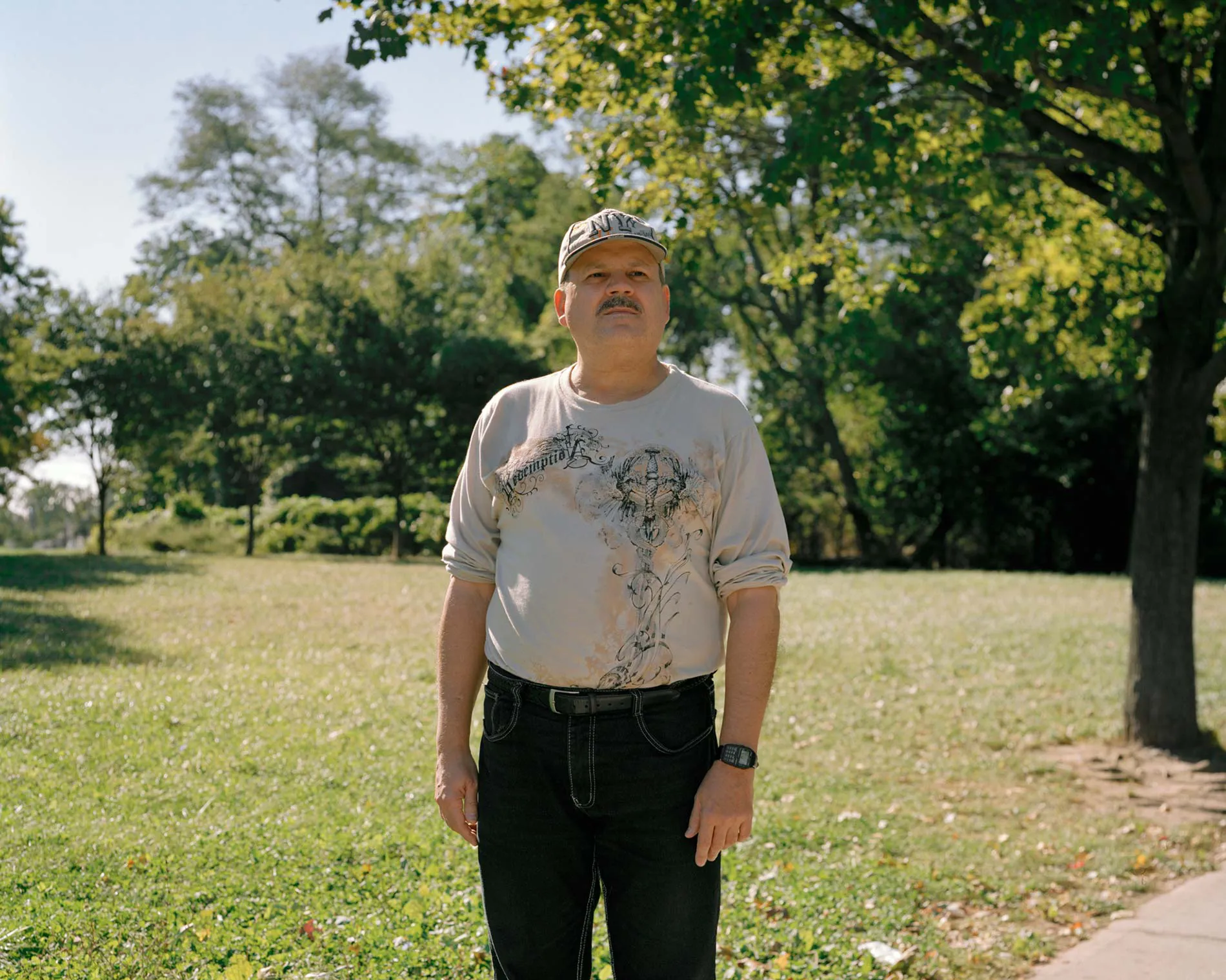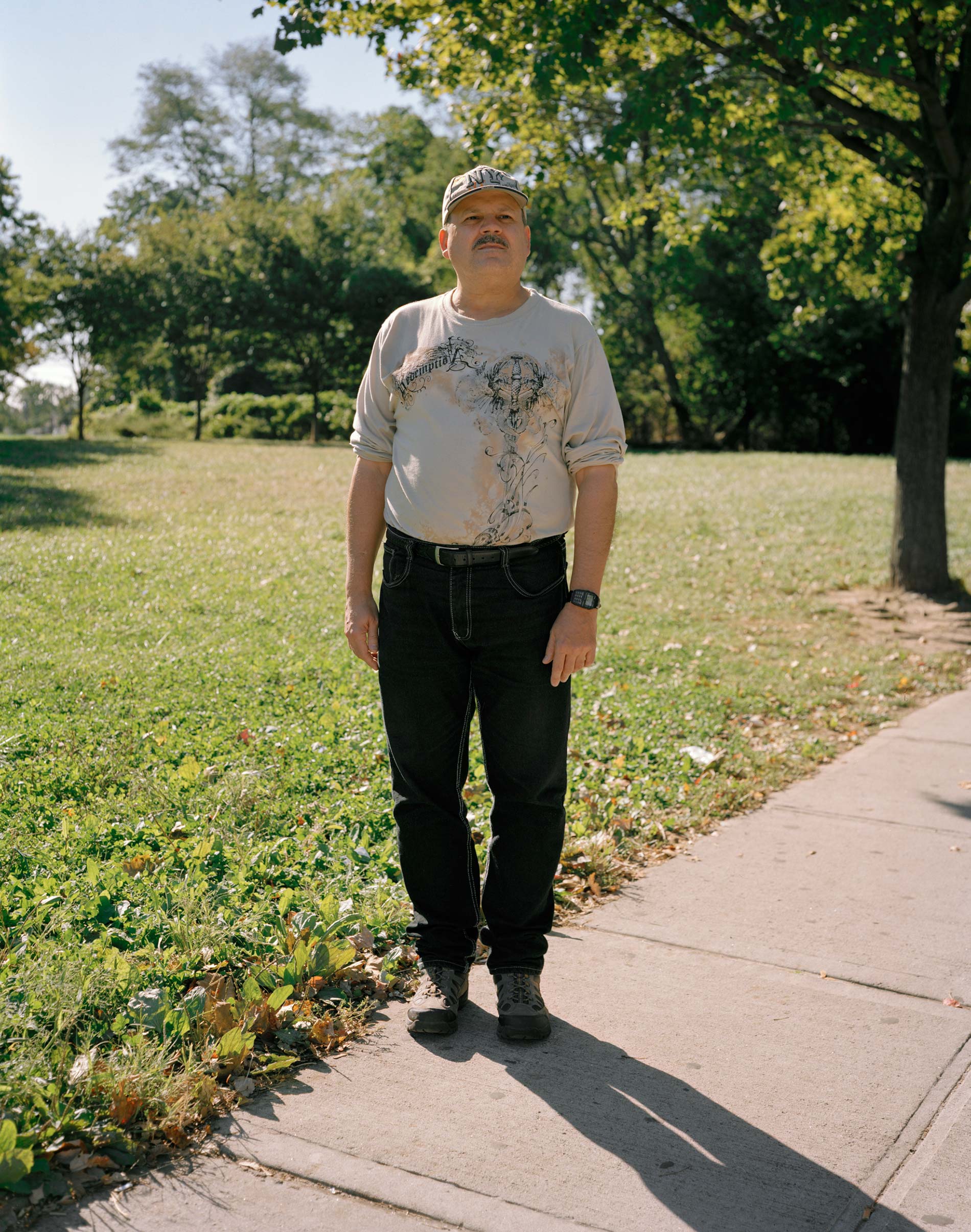
ICP: Andrew, you have completed both the Track and Advanced Track Program. What you were doing prior to starting the Track Program and what brought you to the ICP School to study photography?
Andrew Siedenburg: I was interested in cameras at a young age and would load film into my father’s 35mm camera once in a while. As I got older, I began looking closer at mid-twentieth-century New York street photographers like William Klein and getting a sense of what it meant to see photographically. Kodachrome and the medium and history of film had this amazing allure as well, which led me to explore the work of Luigi Ghirri. What then brought me to ICP was I started questioning the visceral sensation that came along with a certain receptivity to the world and I felt the need to explore that more in-depth for myself, in a more personal way.
ICP: What are some highlights from your time during the Track Program? What did you benefit from most in that academic environment?
AS: I really benefited from being introduced to texts by Roland Barthes and Susan Sontag, which opened up my thought processes related to the psychology of a photograph and the philosophies surrounding it. Taking a color darkroom course and learning to use a 4x5 camera were important to my practice as well.
Additionally, the weekly and bi-weekly critiques were a great structure for me. They helped me form my work into a discipline, though it remained freeform amid discovery and through the exchange of ideas with my peers and seminar leaders. I would rent film cameras through the ICP School and build on my work each week with new levels of engagement and varied approaches to seeing.
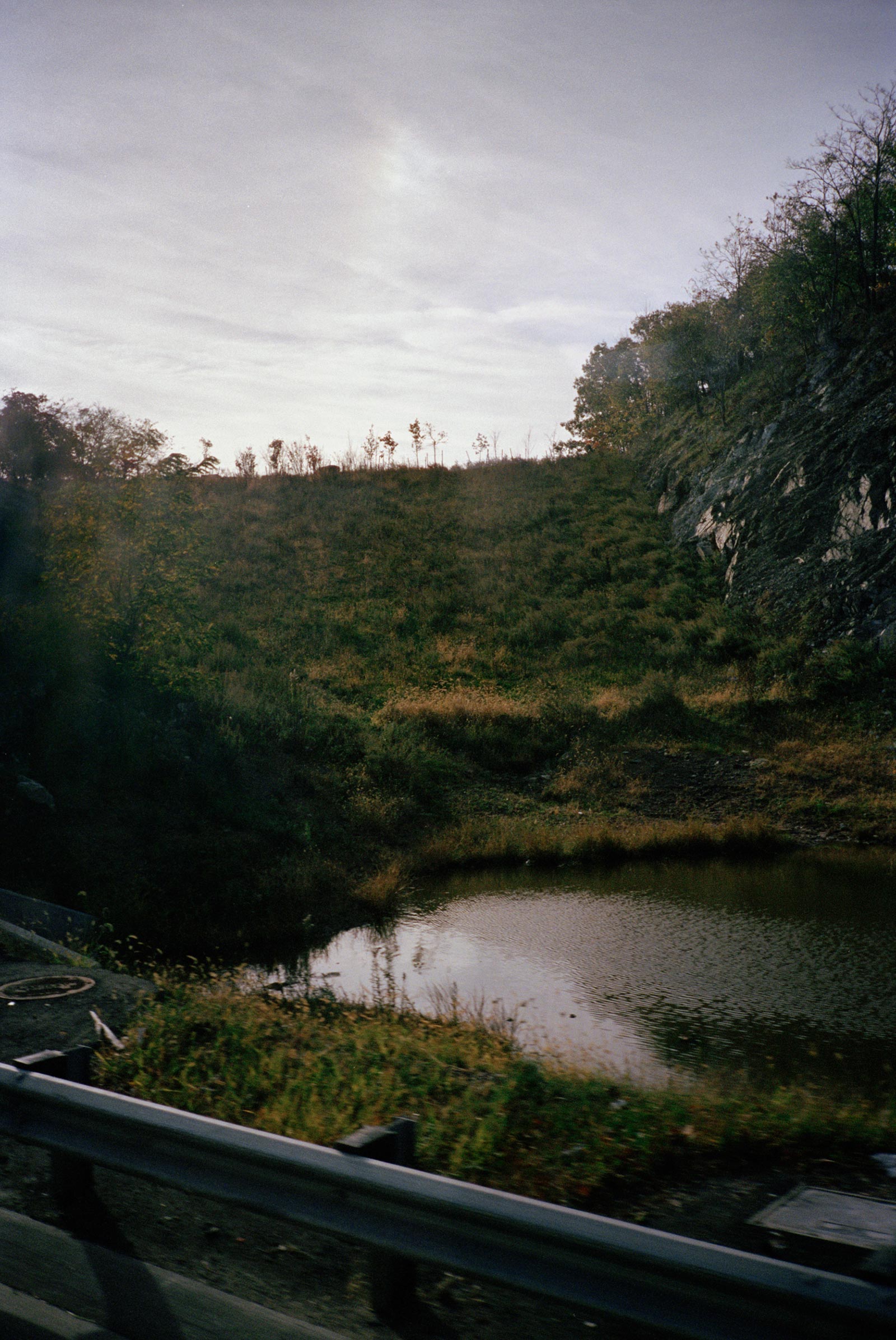
ICP: What were you interested in photographing when you first started the Track Program? Have those interests changed over the course of completing each program?
AS: At the start, I was very interested in the immediacy of daily life and being ready for these synaptic moments in the city to occur in front of the camera as I passed by or sought them out. I wasn’t so concerned with the camera I was using or why. Through the course of the program, I acquired certain references to other artists. This gave me the opportunity to see which artists’ work resonated with me and to have a conversation around why it resonated as it did. Also, it was a way to see how things might have already been done, how they were done, and for what important reasons they exist as works of art within the history of the medium. I began to hear questions like “What is your subject?”, which helped me to think more about what I was including in the frame and what I found, as a photographer, to be meaningful subject matter. I believe all of these forces and personal investments into looking at work, both of other artists and my peers, while making new work weekly, changed my interests in what I was photographing.
ICP: Tell us about the process of preparing for the Advanced Track Program group exhibition, on view this fall. How did you choose which images to display? Did preparing work to be exhibited change how you thought about presenting your work to the public?
AS: As a group, we’ve done our best to organize our schedules to meet and create a plan. You have to consider wall space, print size, and location in the gallery. I’m currently in the process of selecting which images will make it into the show. Presentation becomes just as important as making the photographs. Every detail becomes a choice that adds up to the overall feeling of it and you want it to remain whole and effective, so that nothing hinders the reading of the photograph.
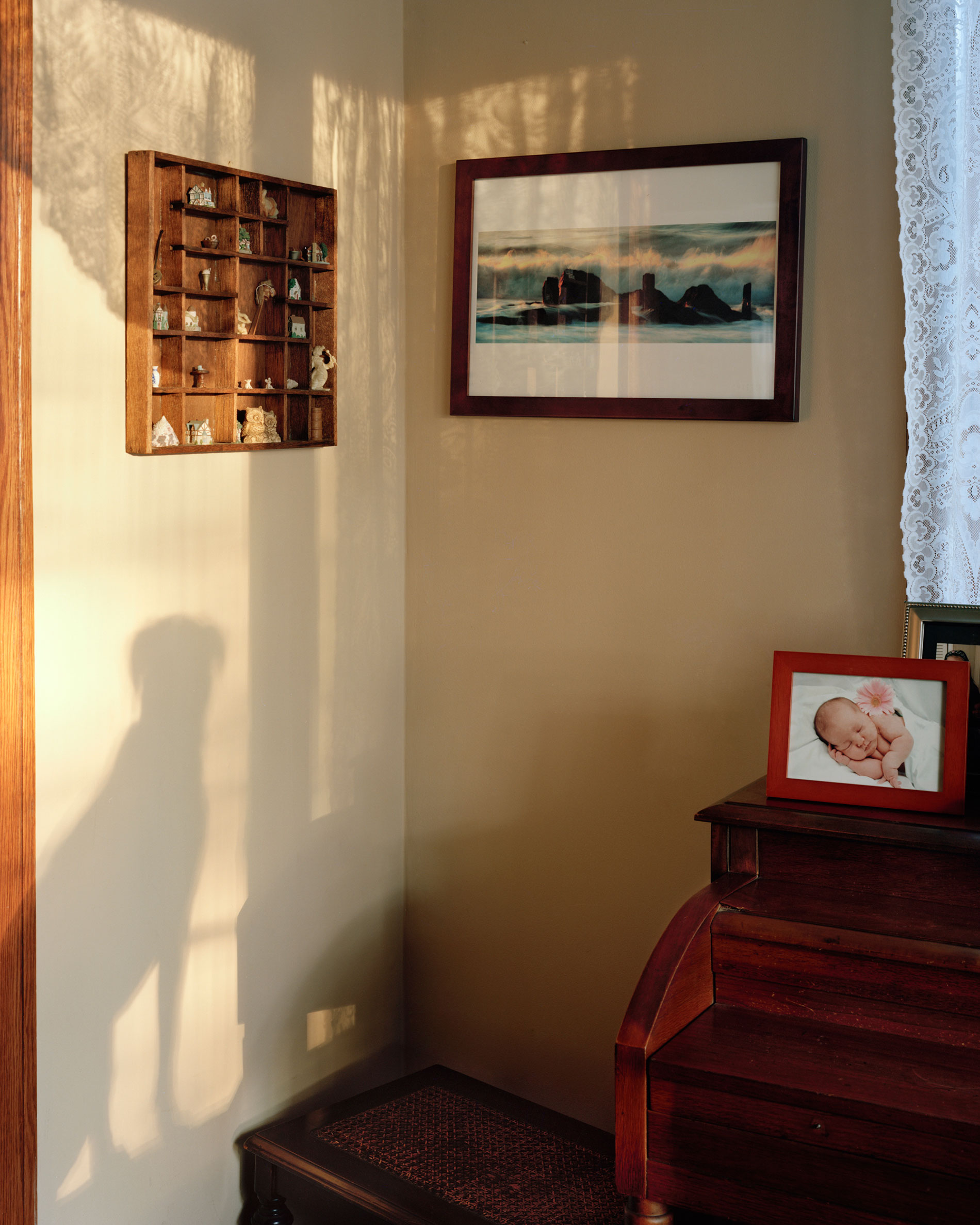
ICP: Older objects, architecture, landscapes, and domestic scenes appear as subjects in your photographs. Are these things that you are interested in reflecting on in your photographs?
AS: These are subjects that intuitively draw me in, a feeling I haven’t yet fully resolved beyond that. I would say it’s more about reflecting what questions the lived environment can pose related to the human condition than it is reflecting the categorical nature of subject matter related to photographs. These broad categories have the ability to be narrowed down through our memories and personal experiences to operate as visual metaphors and as something greater than the image itself. They exist as they are, and remain open to interpretation, much as a poem exists and holds many meanings and references within it.
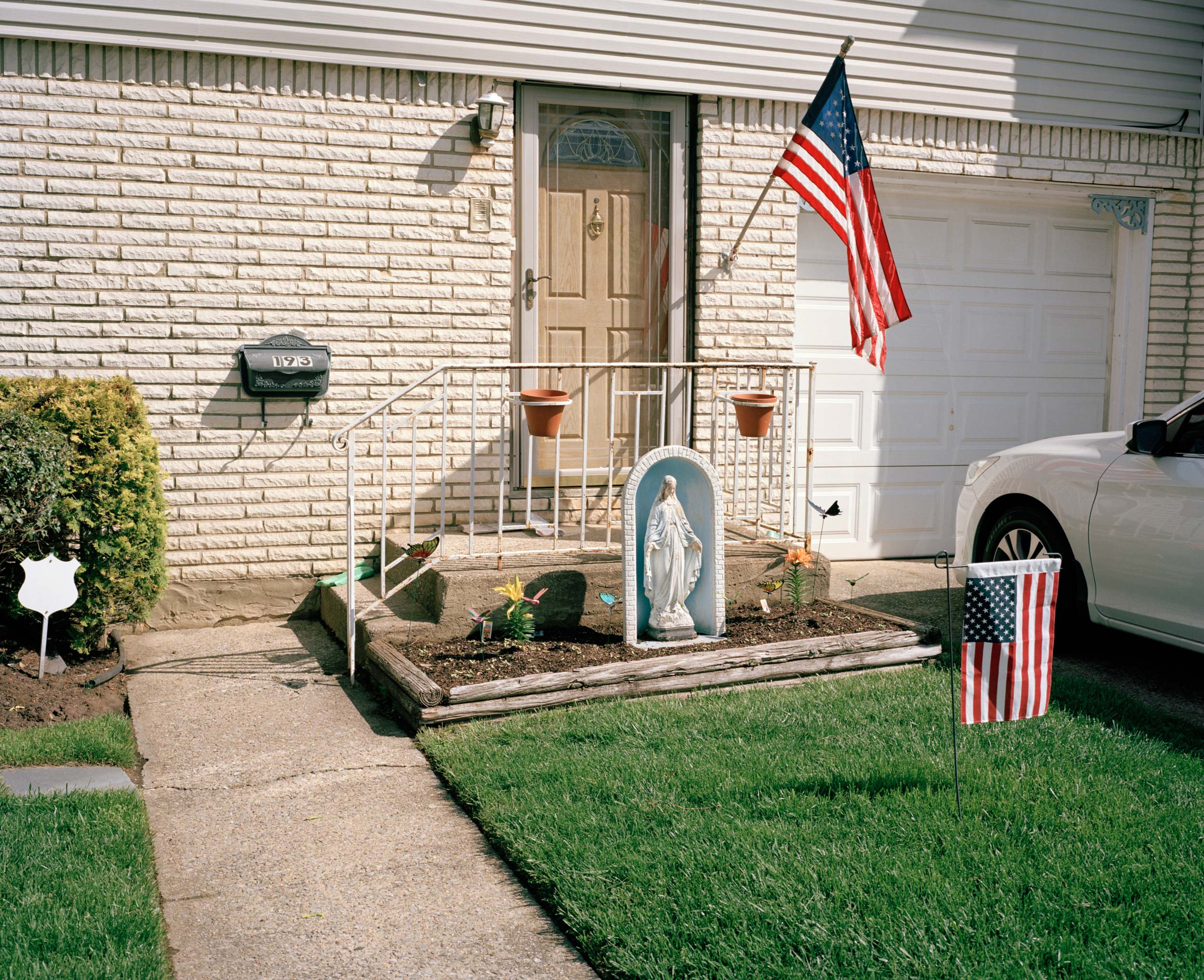
ICP: What is your process of creating a photograph? Many images from your recent work look still and composed, with an observer’s point-of-view, while others have a quick passerby’s glance to them.
AS: I enjoy working many different ways in creating a photograph. Part of my daily routine is an hour-long bus ride, which allows me to gaze out of the window. I take the same route every day and enjoy how the time of day imbues a particular quality of light, which seems to match up with my level of attentiveness and to what photographs I’m willing to take from the window. I’ll also take a walk or a drive on certain days and remain open to what’s happening around me, following my intuition. I have made pictures at my mother’s house, the home that I grew up in, wherein I follow the track of the day, and how the light changes in the yard, and how she might be hanging up the wash in the sun. It becomes many things at once, and it comes from a certain presence with my environment. The pace of work changes if I’m using a large format camera versus a point-a-shoot 35mm camera or medium format. I enjoy using these different tools and working within their limits to complement my sensitivity at that time.
ICP: What photographers, images, or artists are you looking at for inspiration right now?
AS: The writings of Robert Heinecken; Robert Smithson; Mary Mattingly’s installation of palm trees at Storm King, titled Along the Lines of Displacement: A Tropical Food Forest; Lee Friedlander’s portrait work for Atlantic Records in the 1950’s; Stephen Shore; and Curran Hatleberg.
ICP: What is the most beneficial lesson you received from either the Track or Advanced Track Program?
AS: That you get back as much as you give.
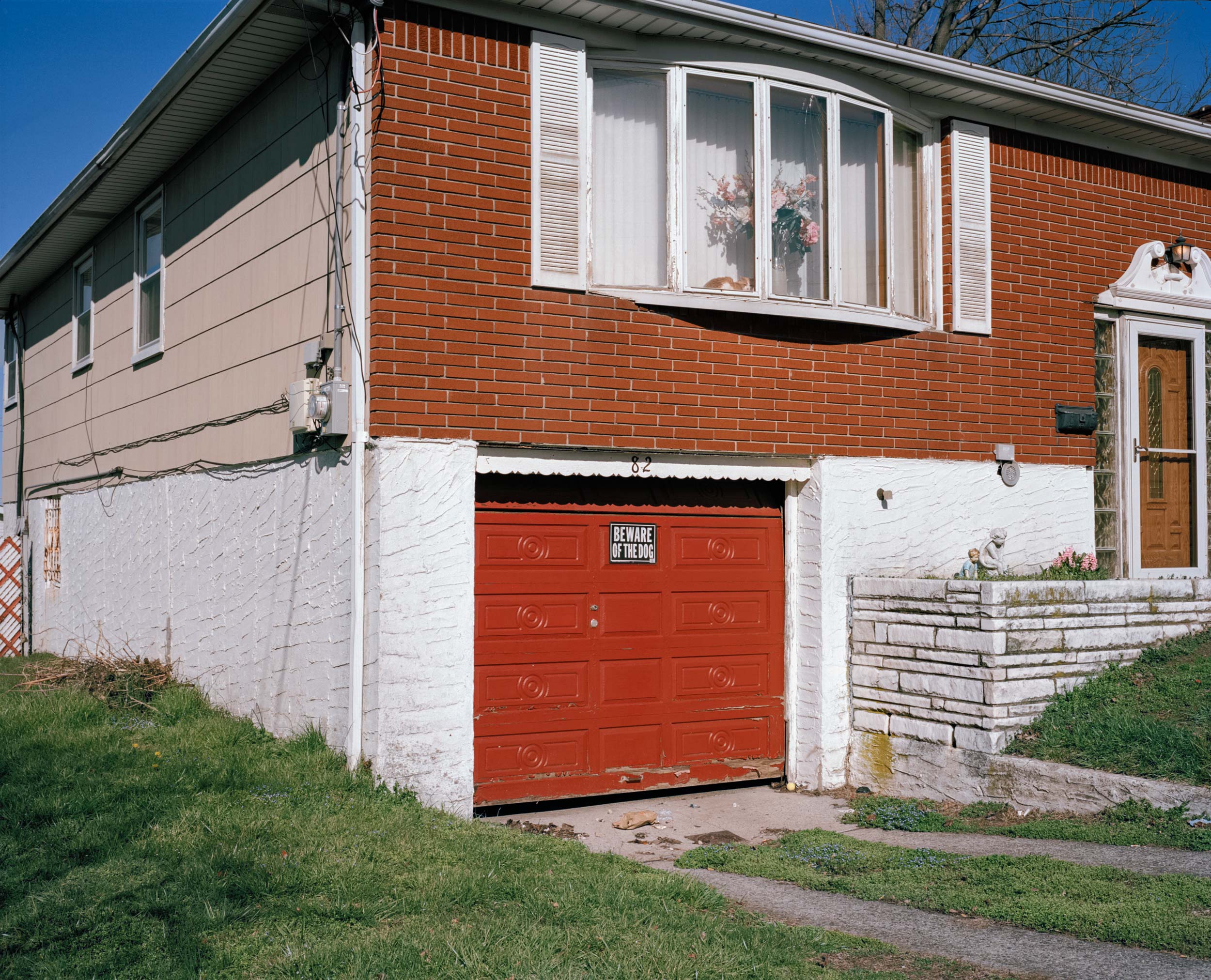
ICP: You have now completed the Track and Advanced Track Programs and continue to stay involved with the ICP School as a teaching assistant. What’s next?
AS: I’m using the summer to continue photographing my hometown of Staten Island and will be preparing for the Advanced Track Program exhibition taking place this fall. Also, I’m currently a class of 2020 MFA candidate in photography and media at California Institute of the Arts in Valencia, California.
Learn more about ICP’s Part-Time Programs.


